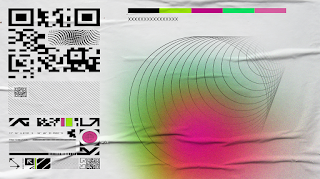Drinking in VR can be a little tricky. In most cases, you’ll need to put down the controllers and then lift your headset off your eyes, or just enough to peek under your headset, to bring the cup to your mouth. Using a straw simplifies the process, though you still need to put down your controllers or reach awkwardly outside your play space to reach your beverage.
According to a recently filed patent, Bogie Inc. proposed a new system that would allow a user to take drink without having to put down both of their controllers. The patent shows a device that looks a lot like a Quest VR controller, but with a built-in holder attached to the inner part of the controller that could support any type of beverage that comes in a bottle or can.
More information:
https://vrscout.com/news/this-bizarre-controller-would-make-drinking-in-vr-easier/


